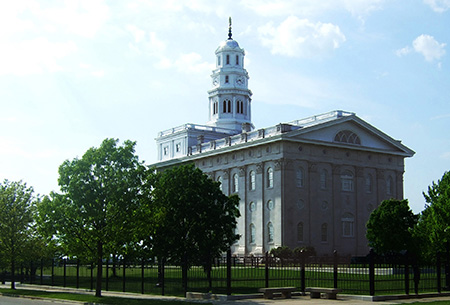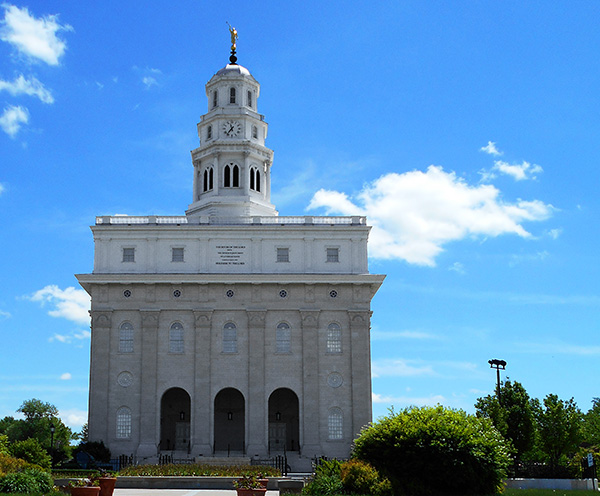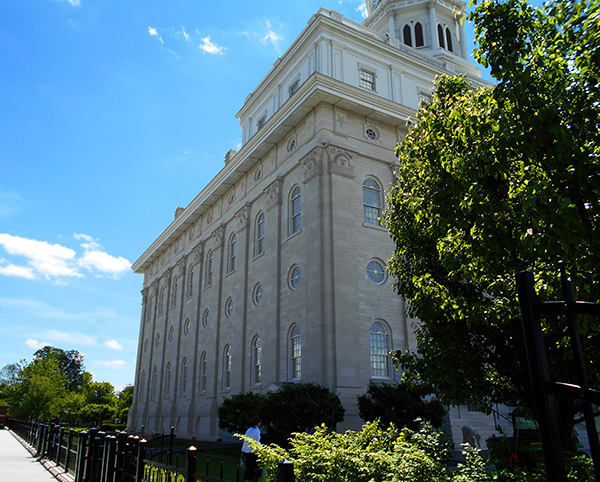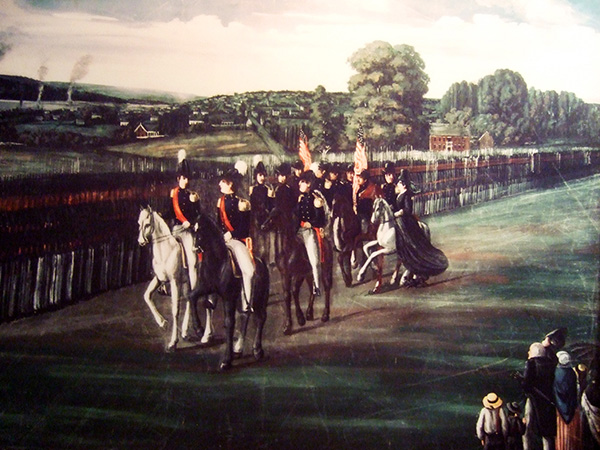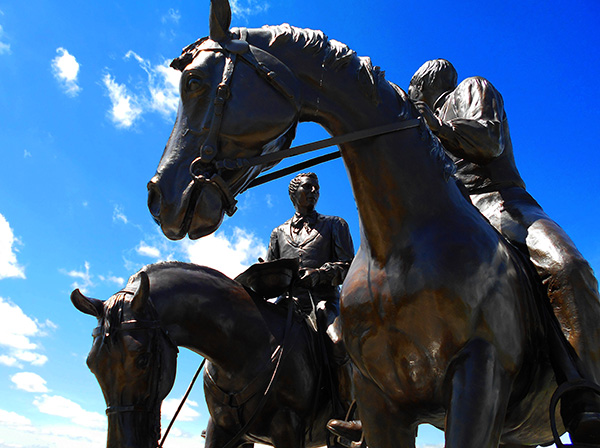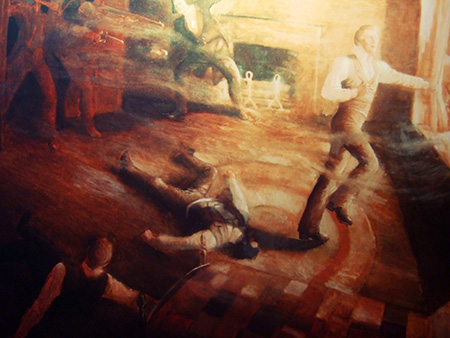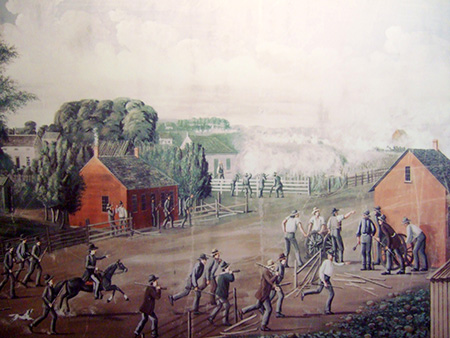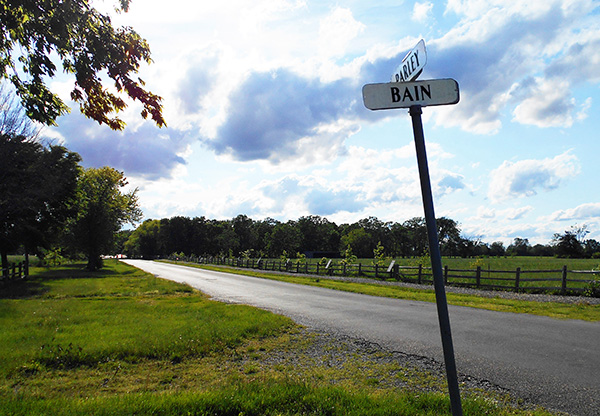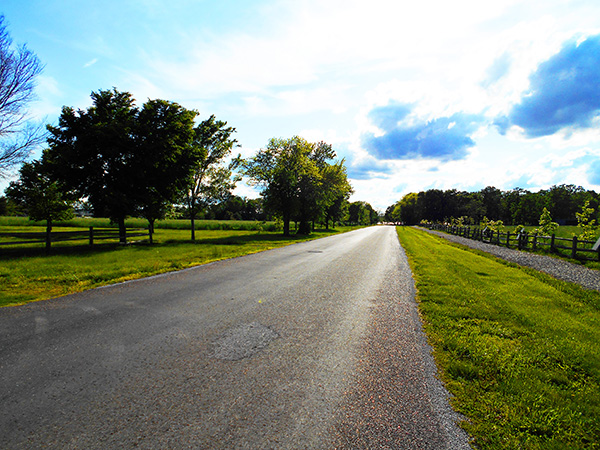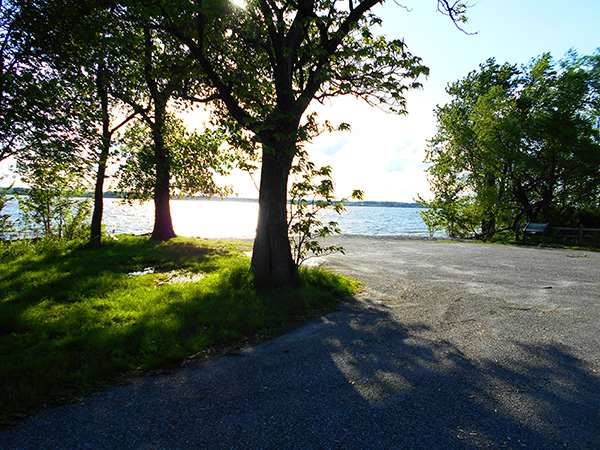Nauvoo History
by -Mormons settled Nauvoo, Illinois (where I’m currently vacationing) in the mid 19th century. This city has tremendous historical significance for the Mormon people, and I’m just thrilled to be here! Let me tell you about Nauvoo and share some of the pictures I’ve taken.
Mormons were not very popular in the 19th century. The religion started in upstate New York, but our people eventually migrated to Ohio. A number of Mormons were tortured there, so we moved on to Missouri.
Unfortunately, Mormons, who were mostly northerners, were not well liked in the South either. We were generally anti-slavery, for example, and we tended to vote in blocks. Some of the Missourians tried to prevent us from voting. Others attacked Mormon settlements and even massacred Mormon women and children.
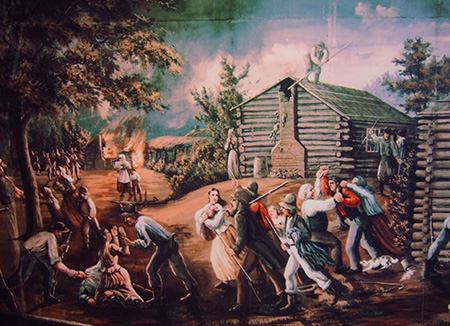
The Mormons were forcibly removed from Jackson County Missouri. They had to abandon their homes and lands.
In response to this aggression, we Mormons organized ourselves. We planned to defend our families by force if necessary. This made the Missourians even more nervous, and eventually the governor of that state issued an “Extermination Order” mandating that the Mormons should be exterminated if they couldn’t be expelled from the state. Our “capital,” called Independence, was attacked, and we were forced out of our homes.
To escape these tensions, Mormons fled across the Mississippi river into Illinois. Some of the non-Mormons in Illinois, especially in Quincy, were very kindhearted. They provided food and shelter for destitute Mormon refugees. Eventually, the state of Illinois gave us a swamp in which to live. Within a few years, we had drained the swamp and established a city, Nauvoo, that was roughly the size of Chicago at the time. We built a beautiful temple, which not only had great religious significance, but also symbolized Mormon industry in the face of great adversity.
Unfortunately, some people in the area still hated the Mormons. We were fed up with being pushed around, so we again prepared to defend ourselves if necessary. We even assembled a small military to protect Nauvoo, which we called the Nauvoo Legion.
As tensions escalated, it soon became apparent that Nauvoo would be attacked. To spare the city, the leader and founder of our church, Joseph Smith, offered to surrender to the state militia at a nearby non-Mormon city called Carthage. In exchange for his surrender, the governor of Illinois guaranteed his safety.
Unfortunately, the governor did not keep his promise, and Joseph and his brother Hyrum were murdered by an angry mob. John Taylor, Joseph’s friend, wrote this about his death: “In the short space of twenty years, [Joseph Smith] has brought forth the Book of Mormon, which he translated by the gift and power of God, and has been the means of publishing it on two continents; has sent the fulness of the everlasting gospel, which it contained, to the four quarters of the earth; has brought forth the revelations and commandments which compose this book of Doctrine and Covenants, and many other wise documents and instructions for the benefit of the children of men; gathered many thousands of the Latter-day Saints, founded a great city, and left a fame and name that cannot be slain. He lived great, and he died great in the eyes of God and his people; and like most of the Lord’s anointed in ancient times, has sealed his mission and his works with his own blood; and so has his brother Hyrum. In life they were not divided, and in death they were not separated!”
With our leader dead, there was nothing to keep the angry mobs from kicking us out of Nauvoo. Thousands and thousands of Mormons packed up a few of their most precious belongings and abandoned the city. They famously followed one of Nauvoo’s main streets, Parley’s Street, down to the Mississippi river, looking over their shoulders to see the temple just one last time.
After Joseph’s death, a man named Brigham Young became the new leader of our church. Sick of the way the people of the United States had repeatedly treated us, we decided to head for the wilderness. We eventually settled in Utah, which was part of Mexico at the time. The journey to Utah was very challenging, and thousands of Mormons died. In recent years, our church has erected a monument listing the names of those known to have perished, though the names of many of the dead are lost to history.
The government of Illinois apologized to the Mormon people in 2004. Given the kindness of the people of Quincy, the love we still have for our old Nauvoo, and the eventual apology, I’d say there are no hard feelings. Overall, Illinois is a pretty classy state. I’ve loved my stay here so far!
(Pictures © AllAboutMormons.com where appropriate. Contact the webmaster if you’d like to use any of these images on your website.)
